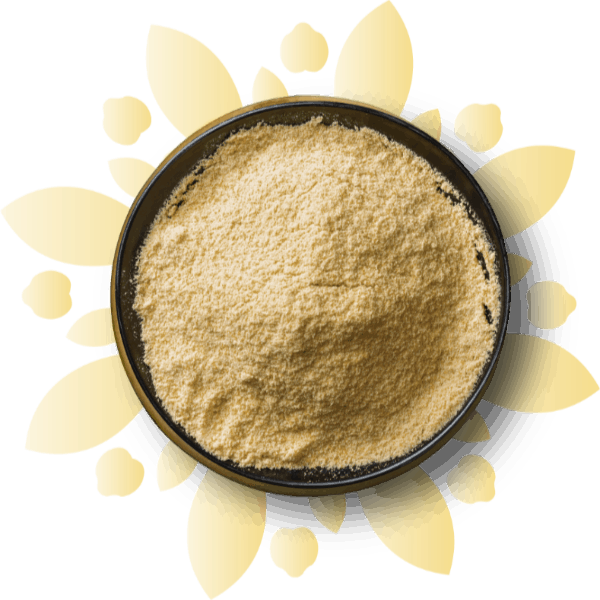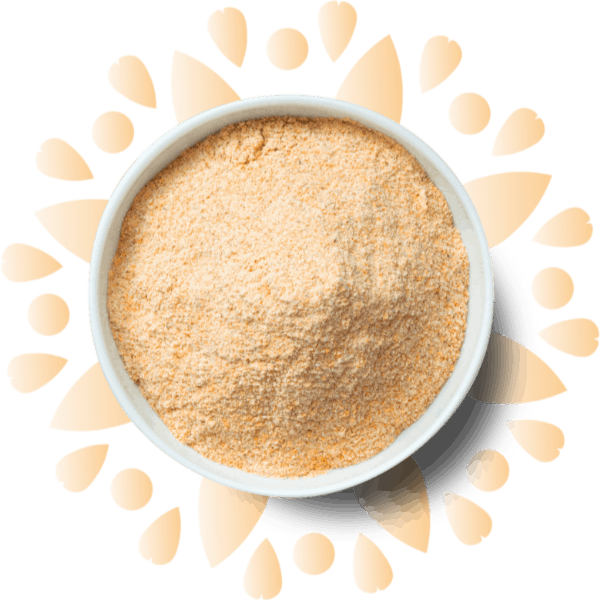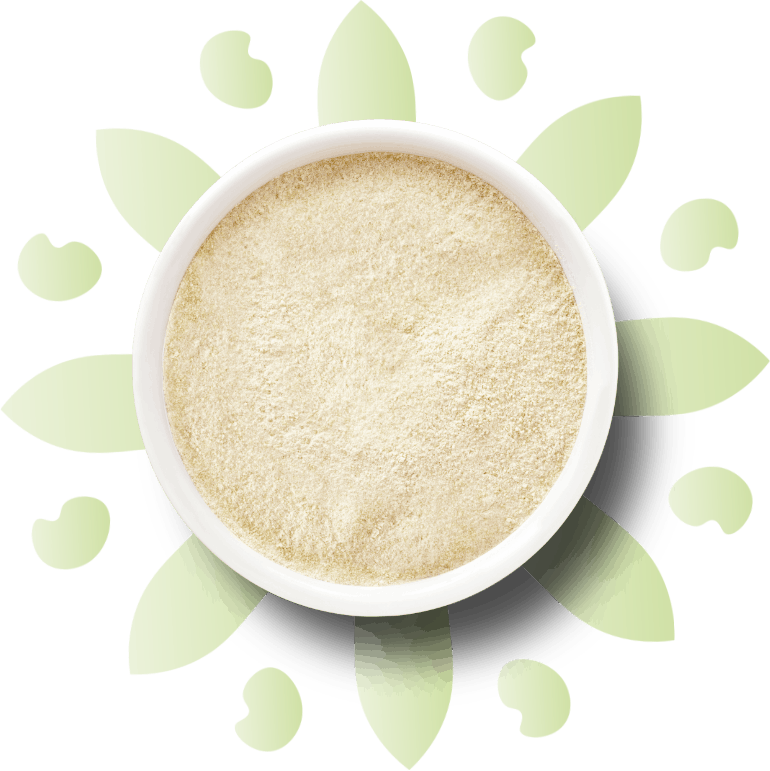
Towards sustainability
Increasing plant-based foods in our diet is no longer a lifestyle choice, but one that impacts the health of our planet. Atura works with sustainable pulse proteins which offer substantial benefits to the world around us.
Healthy transition
According to the EAT-Lancet report, one of the largest scientific studies to address the urgent need to transform the global food system, moving towards more sustainable food production would: “safeguard our planet and improve the health of billions.”1
And pulses are very much part of this climate conversation. To understand why you only have to look at the many environmental benefits pulse crops deliver in comparison to other farming practices
“Pulses are a good alternative to meat, and can play a key role in future healthy and sustainable diets.”
World Health Organization
Reasons for change
Natural fertiliser
Pulses effectively produce their own fertiliser. They do so by taking nitrogen from the air and trapping it in their root nodules in a process known as symbiotic N2 fixation.
This differs from many traditional crops, such as oats, barley and wheat, which must obtain nitrogen from synthetic fertilisers. It means that nitrogen – which is a critical nutrient for plant growth – stays in the soil in a form that is readily available for future crops to use.
It’s simple, yet supports environmental ambitions in so many ways:
- Reduces the need for polluting organic and synthetic chemical fertilisers
- Lowers direct and indirect greenhouse gas emissions
- Prevents further contamination of soils and waterways
- Improves soil biodiversity
- Produces higher yields in crop rotation (intercropping) strategies2
Smaller water footprint
Pulses production is extremely water efficient. Lentils, for example, rely on rain and other surface moisture for their water needs, leaving more groundwater available for future crops.
This makes them ideally suited for drier areas and those prone to drought. Crucially, it also means the water footprint of pulses 3 compares highly favourable to other protein sources:
- 6 times smaller than beef (per/g protein)
- 1.5 times smaller than milk, eggs and chicken (per/g protein)
Low carbon protein
It’s estimated that a global switch to veganism would “deliver the largest emissions saving out of any dietary shift.”4 And it’s not hard to see why.
Livestock and dairy production generate high levels of methane – directly from the animals themselves as well as manure management – and also require significant levels of feed consumption per/kg of meat produced. At the same time, the cultivation of many popular crops is based on unsustainable farming techniques.
Pulses, on the other hand:
Pulses: Good for you and the environment
Lentils = Low Carbon Footprint
Fewer resources used to produce 1 kg of protein8
1kg lentils vs 1 kg animal-based protein (Kg of CO2eq / 1Kg of protein)
Faba Bean is an effective and low carbon alternative to Dairy Protein Concentrate9
Lentils & pulses = efficient water usage10
The Bottom Line
Changing what we eat and how we produce it is vital – not only for our health, but for the world we live in.
“A healthy diet should be sustainably produced and consumed, and there is growing evidence that health and environment “win-wins” are possible.”
– World Health Organization





